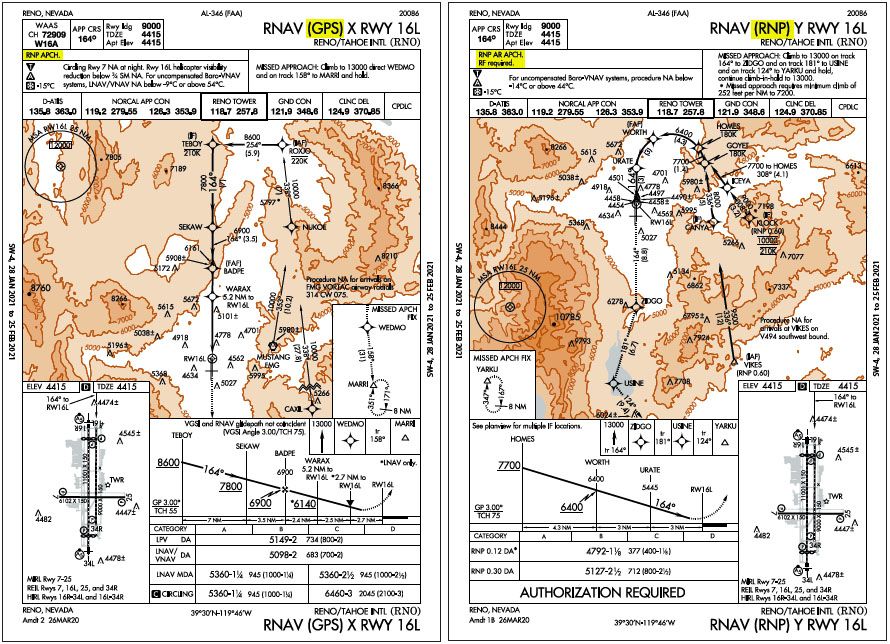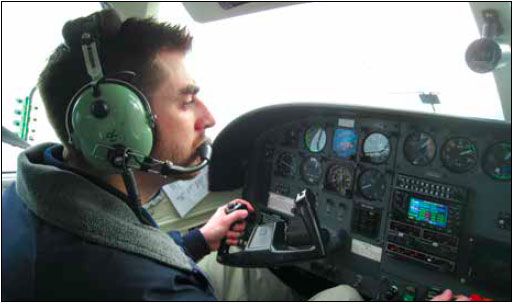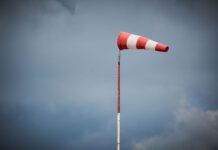NA at Night Workarounds?
An instrument approach procedure states “Procedure not authorized at night.” Can this approach be flown at night in VMC on an IFR flight plan? Can it be flown at night VMC on a VFR flight?
In addition, getting into the minutiae— that’s the fun part—what constitutes the “procedure”? Is it the FAF inbound, IAF through the missed approach?
Jim Robinson
Anchorage, AK
Interesting questions. First, “Can this approach be flown at night in VMC on an IFR flight plan?”
The answer is “No” and “Yes.” You shouldn’t seek to be cleared for that approach at night. Period. However, if you’re approaching the airport at night, have it in sight, and get cleared for a visual, and back up the visual with the method of navigation you choose, you’re just fine. Note, though, that the night prohibition could be from obstacles, so you’d be wise to remain vigilant.
“Can it be flown at night VMC on a VFR flight?”
Sure. There’s no prohibition on how you navigate while under VFR. But, that same caveat applies.
“What constitutes the ‘procedure’?”
We don’t recall any official guidance. However, looking at this practically, one might assume that you’re considered to be flying the procedure any time you’re flying any segment of that published procedure, primarily using the procedure chart for reference. But, digging a bit deeper, consider that the night prohibition is almost certainly a lighting or obstacle issue at the airport (approaching the MAP), so you’d probably be safe (but not necessarily legal) flying a feeder route, a procedure turn, or even the initial part of the final approach course until you start getting close to the ground.
How Do They Pronounce That?
I’m a big fan of the magazine. It’s been a nice resource to supplement the FAA handbooks with personal perspectives.
One question I’ve always had is about the pronunciation of waypoints. Do you know of anything out there like a Wikipedia of pronunciations for waypoints around the country or world, where you can hear locals pronounce the names correctly? I know my local area, but sometimes on longer trips, it’s all Greek to me.
Nicholas Aikins
Renton, WA
Good question, Nicholas. But, no, we’re not aware of any official pronunciation guide. To hear how the locals pronounce something, you might try LiveATC.net where you can listen to many ATC locations. If you’re really concerned you could call the governing ATC facility ahead of time and ask.
Last, just wait. If an airport is using a given approach with a waypoint you’re not sure about pronouncing, start listening as far out as you can. There’s a good chance you’ll hear a preceding aircraft on that approach.
Round-Dial Checkride Only?
I do not believe the following, but here goes. I was told that to pass an instrument test today, one has to do it on round gauges. I say that’s hooey, but I am asking the experts. (I got my instrument rating 30 years ago, so what do I know?)
Paul Orsini
Amity, OR
While we firmly believe that any “accomplished pilot” should be able to fly steam gauges as well as an EFIS, the FAA makes no such requirement for the instrument checkride. If the plane is instrument legal and capable of flying the procedures required by the ACS, then it’s acceptable. It could have a full EFIS (like a G1000), partial EFIS like one or two AV-30 gauges from uAvionix, or just a panel full of steam gauges (as above).
That’s the “official” answer. However, it wouldn’t be too surprising to hear of an old-school designated examiner somewhere who hasn’t progressed to EFIS and is uncomfortable flying with it, and therefore might insist on round gauges. That examiner probably wouldn’t last too long, though, if someone raised an objection.
GPS vs. RNP
How does an RNAV (RNP) approach differ from a RNAV (GPS) approach?
Look at the KRNO RNAV (GPS) X RWY 16L approach, then at the RNAV (RNP) Y RWY 16L. The RNP says “Authorization Required” and its track is different from the GPS approach.
Is RNP equipment different, if so what must be in the plane for authorization and what training must the crew have? Basically, what’s the difference between the two? I tried to look this up, but cannot find a clear concise explanation. Hope you can help.
Hal Seibert
Santa Clarita, CA
This RNP thing is confusing, and you’re touching on three different versions.
First is our old familiar RNAV (GPS) approach. Unless there’s a note to the contrary, anybody with an approach approved GPS can fly these. (With WAAS, you can get to the lower minimums.) However, this charting format is now obsolete and is being phased out in favor of…
Next is that same approach, but with the equipment specification (on the left, above the notes), “RNP APCH.” Your example has that note. This is the current format and that note merely means that your equipment must meet certain required navigation performance (RNP). If you could fly this before, you can fly it now. This change is essentially administrative and notational, and removes the ambiguity of what boxes are capable.
Last, there are approaches named “RNAV (RNP).” Those are a slightly different breed and, as you noted, typically are annotated “Authorization Required.” This means that the flight crew must have received specific training on these and the aircraft must be suitably equipped. Few (or no?) GA aircraft are yet equipped/approved to fly one of these, although our most modern navigators are capable.
On the Reno approach you reference, it says “RNP AR APCH” in the equipment box, adding the “AR” to the new notation. “AR” is Authorization Required. Also note the “RF required.” This is a type of navigation leg, “radius to a fix,” (essentially just an arc that ends at a fix, but with no DME station in the center) that’s within the capability of our modern navigators, but our installations typically do not provide that authorization.
As a private observation, there’s no practical reason we couldn’t navigate an RF leg or even an AR approach with a modern navigator like the Garmin GTNs, but so far the authorization to do so eludes us. Thus, you don’t normally find any of those in the navigator’s database.






